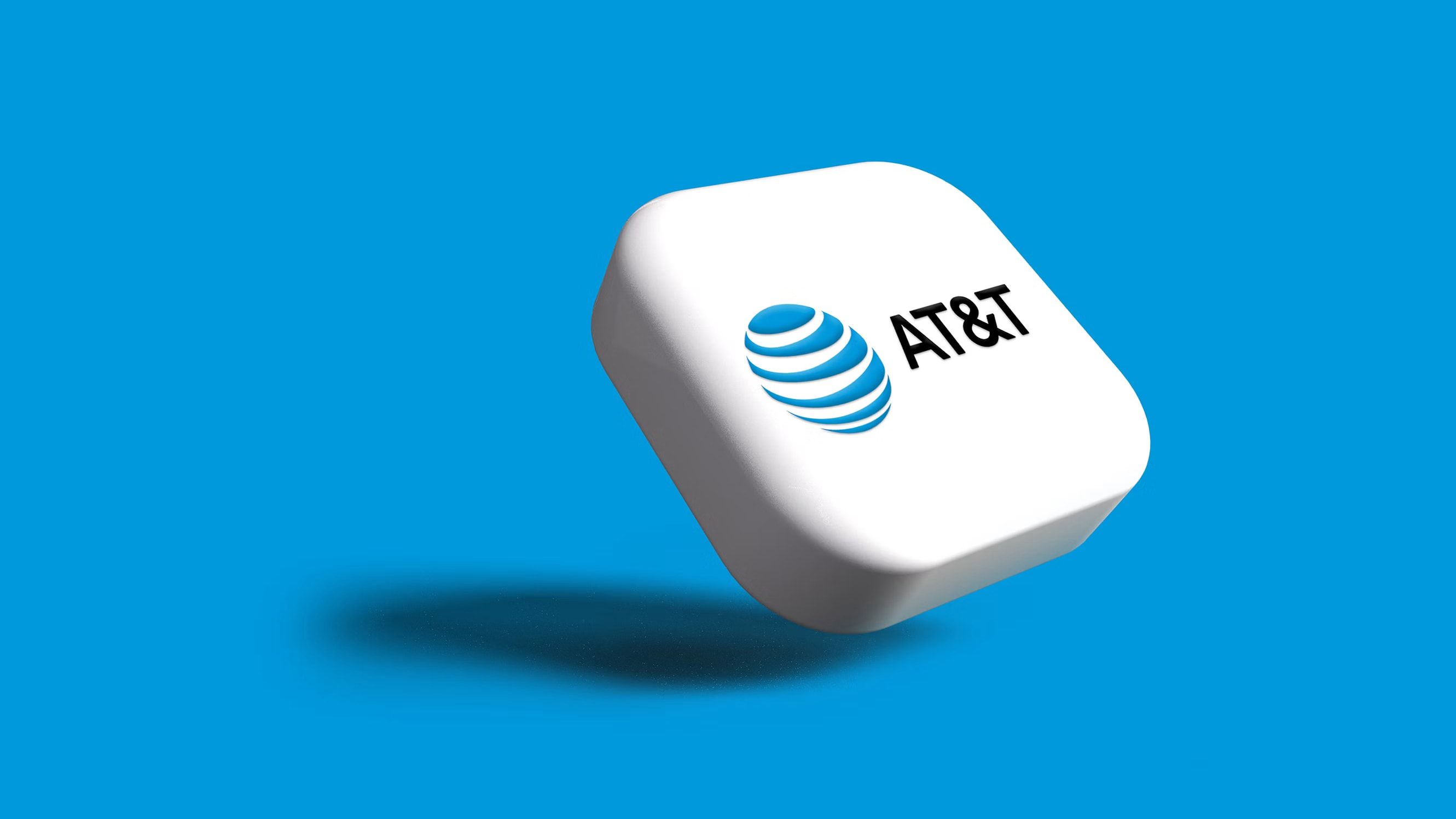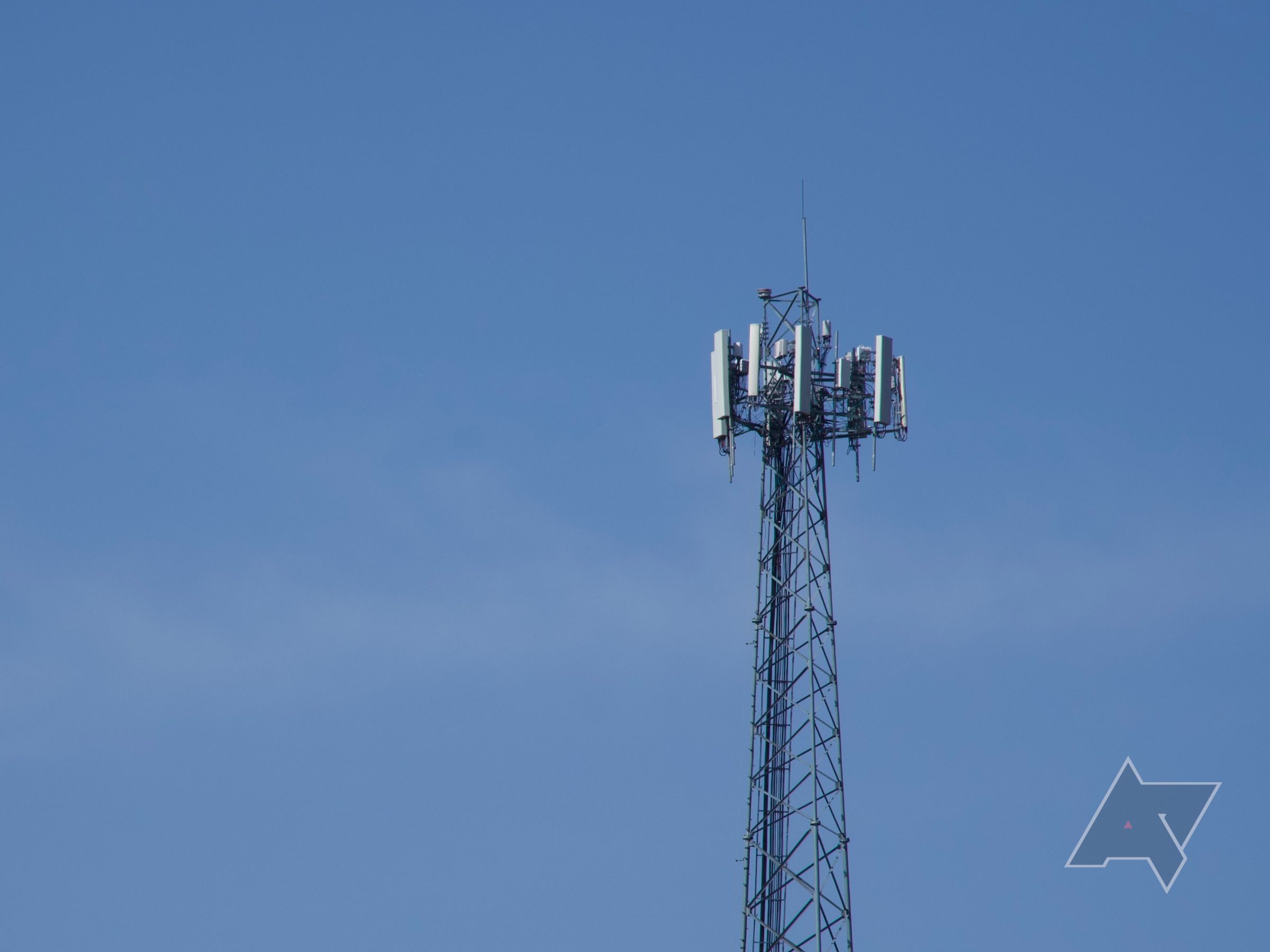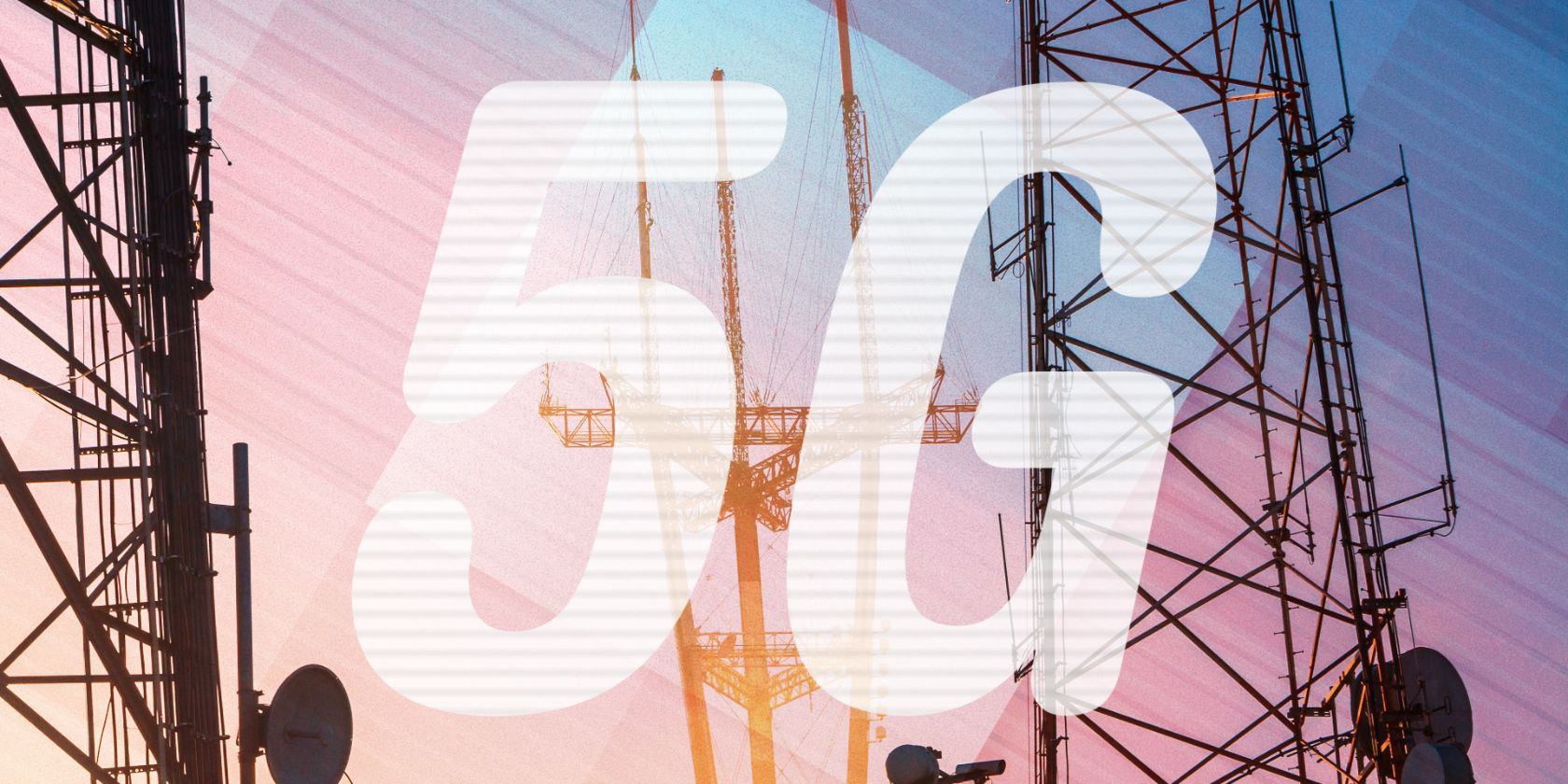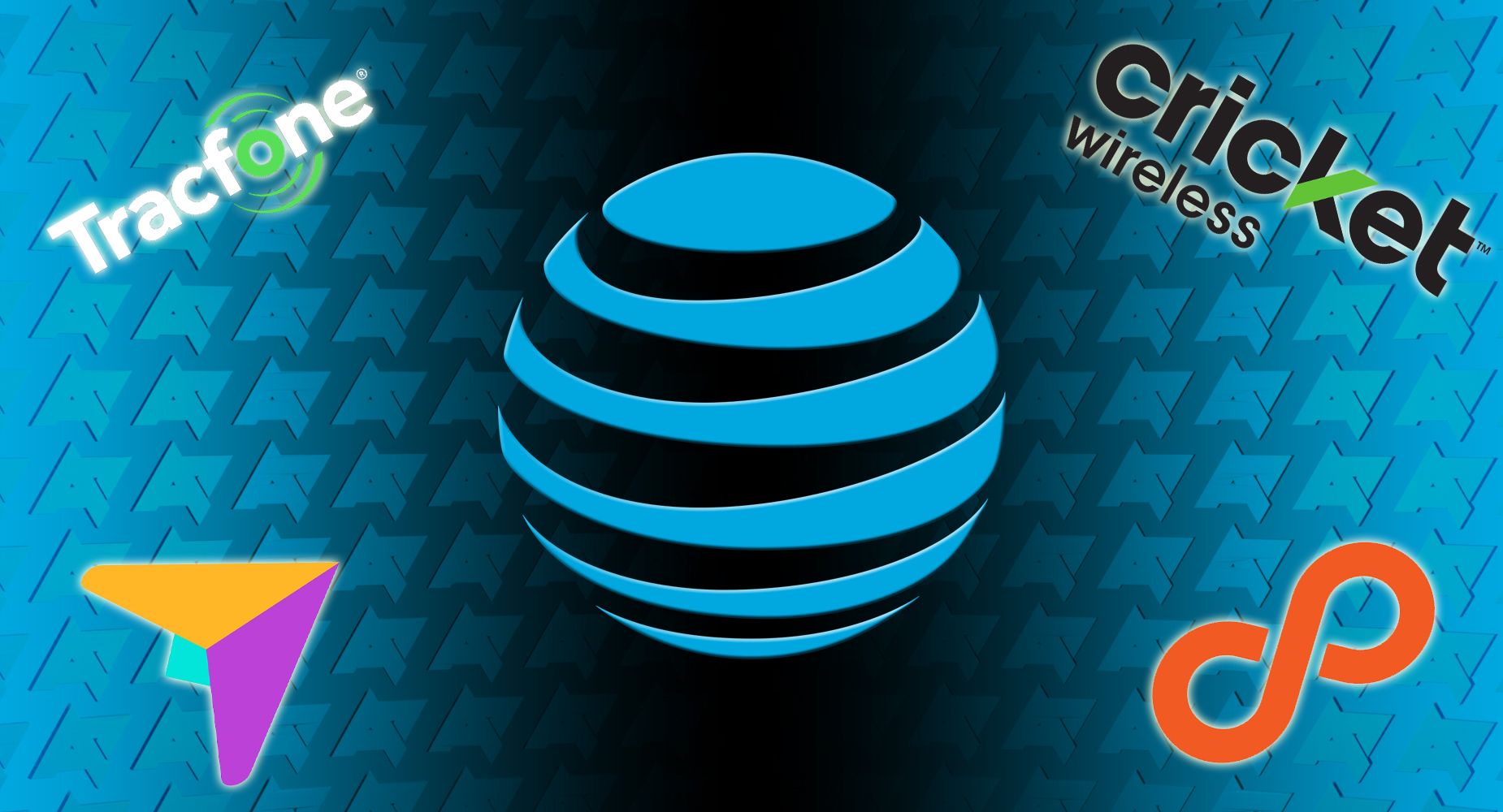As one of the three major wireless carriers in the US, AT&T has been synonymous with the telecommunications industry for a long time. It has quite a history, dating to the invention of the telephone in the late 1800s. Now, it is very active in the mobile wireless industry, with some great Android-based phones that support the AT&T network. This guide briefly talks about the history of AT&T, the network bands it uses, and how you can contact its customer service team.
What is the history behind AT&T and its iconic name?
AT&T’s roots go back to Alexander Graham Bell, the telephone inventor in 1876. The Bell Telephone Company was created after that to provide landline phone service to customers, starting a new era of telecommunications. It acquired Western Electric in 1882, giving it control over the phone service and hardware. In 1885, the American Telephone and Telegraph Company (AT&T) was created to focus on long-distance phone call services. AT&T got its start with the invention of the telephone and is a major mobile wireless carrier today.
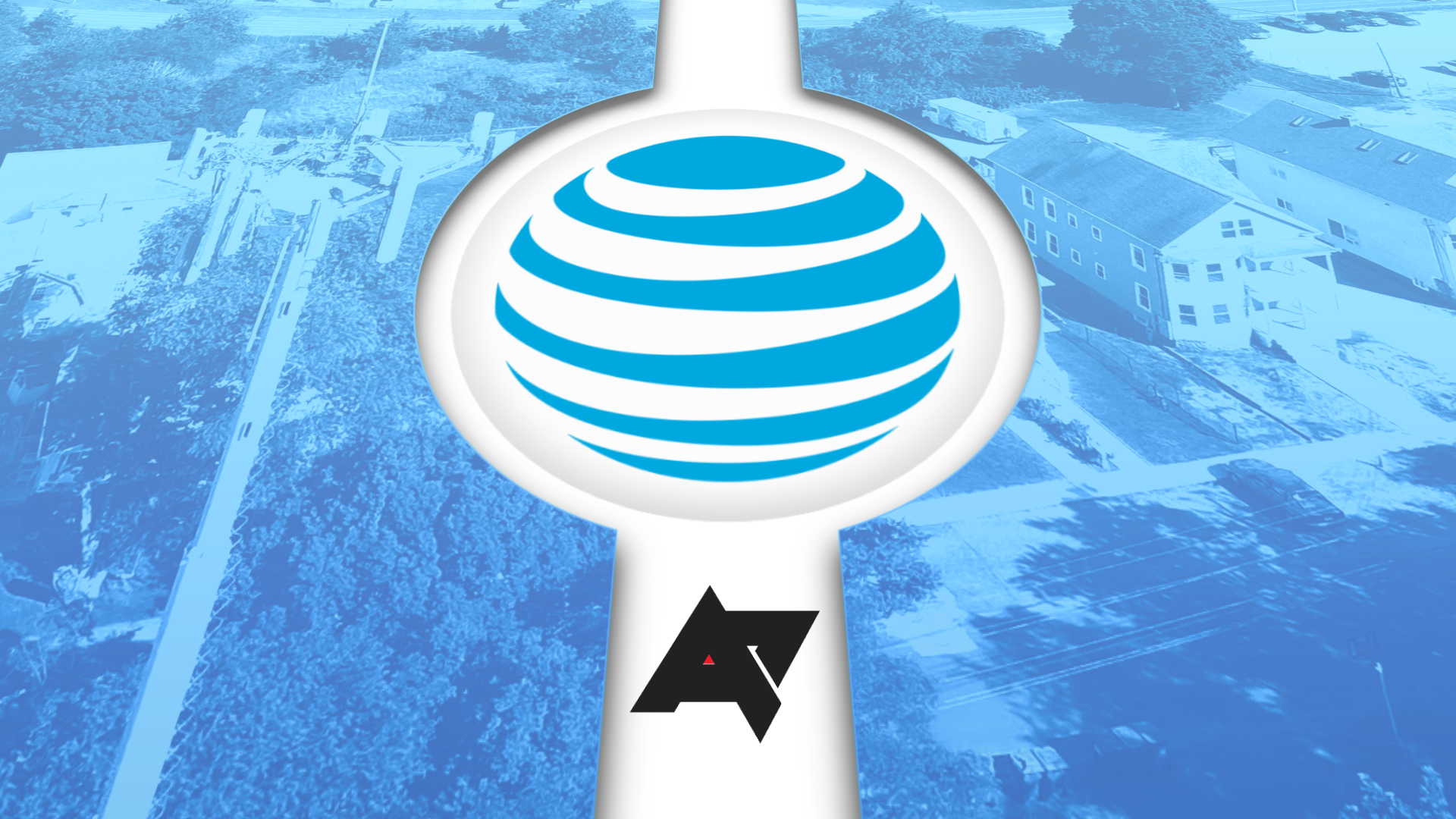
Best AT&T plans in 2024
Does AT&T offer the best coverage for you? These are the best plans to use with the carrier
How many subscribers does AT&T have today?
Since AT&T is one of the three major wireless carriers in the US, it has a large subscriber base. However, these numbers change with every quarterly earnings report throughout the year. Each wireless carrier may also present this information differently but should typically give a total number of new or lost subscribers.
AT&T had around 71.6 million postpaid phone subscribers and 8.6 million Fiber home internet subscribers as of Q1 2024. With all AT&T services combined, it has over 250 million subscribers.
Which 4G LTE and 5G bands does AT&T support?
AT&T offers many of the common 4G LTE and 5G bands for its network infrastructure. Bands with lower frequencies offer more distance at the cost of speed, which is better for coverage. At the same time, higher frequencies provide less distance with more speed, which is perfect for streaming. Mid-range frequencies that meet in the middle (like C-Band 5G) provide a balance of coverage and speed.
The section below lists which bands AT&T uses and the frequencies in which they operate.
The most common 4G LTE bands AT&T supports
- Band 2 (1900MHz)
- Band 4 (1700MHz)
- Band 12/17 (700MHz)
- Band 66 (1700/2100MHz)
The general types of 5G bands in the US
- Low-band (anything below 1GHz)
- Mid-band: Sub-6 (anything below 6GHz)
- Mid-band: C-Band (3.7GHz to 3.98GHz)
- High-band or mmWave (24GHz to 53GHz)
Specific 5G bands AT&T supports
Low-band 5G:
- n5 (850MHz)
- n2 (1900MHz)
Mid-band 5G:
- n77 (3.7GHz)
High-band 5G:
- n261 (27.5GHz to 28.35GHz)
- n260 (37GHz to 40GHz)
How can you contact AT&T customer service?
Like other companies, AT&T has an online customer service hub where you’ll find answers to your questions. You can find general answers to your questions, but that may not always be the case. Another thing to note is that AT&T doesn’t seem to offer customer email support, so you can’t contact it that way. However, other options exist, including phone numbers, chatbots, and social media.
In the sections below, we go over how to contact AT&T’s customer service team if you have questions about your account.
Check out the main AT&T support hub
If you’re looking for a general answer to one of your questions, the AT&T support hub is an excellent place to start. You can choose from three sections: Wireless, Internet, and My account. Click one of the buttons below those options to go to the support page, which has more specific topics for you to choose from. Select the All Services drop-down menu for more choices. If you want to try a manual search, type your question into the What are you looking for text box, and it automatically displays relevant direct links for you to click.
Chat with the AT&T online chatbot
If you prefer to use a virtual assistant to get answers to your questions, the AT&T chatbot is here to help. When you select one of the main support hub’s help sections, scroll down to the bottom of the page. For example, click the Get wireless help button under the Wireless section, then scroll down to the bottom of the new page. Under the Contact us section, click the Chat button to open a new session with the AT&T virtual assistant. Select a topic from the list or type a question to get answers within seconds.
Alternatively, you can say something like “Talk to a live representative” to connect with a live support agent. After you select the options to specify your request, a Chat with live agent button appears at the bottom of the chat window.
Call the customer service phone number
You can call two main AT&T customer service numbers, depending on which service you are trying to reach. One is for AT&T wireless subscribers, and one is for AT&T internet subscribers.
If you have questions about your smartphone data plan or anything related to your AT&T wireless account, call 800-331-0500. If you have any questions as an AT&T internet subscriber, call 800-288-2020. Both are general customer service numbers, so you should be able to ask them any questions or concerns about your AT&T account.
Use social media channels for customer service
As a different approach than the previous contact methods, try AT&T’s social media channels for general customer service questions. Reaching out using social media can be a fast way to ask questions about your account or a specific device you are having problems with on their network. Use AT&T Help on X (formerly Twitter) to get customer support if you are on that platform. You can also contact AT&T on Facebook and chat with them using Messenger as another social media channel.
Which smaller wireless carriers rely on AT&T’s network?
Other smaller wireless carriers use AT&T’s network, known as Mobile Virtual Network Operators (MVNOs). These companies don’t own or operate a specific network. However, they lease cellular towers and access from larger wireless carriers, such as AT&T. This method allows these smaller wireless carriers to offer cheaper phone plans. Since they don’t have to maintain the network infrastructure, they also have more freedom to add unique features their customers might want to use.
Some MNVOs have agreements with more than one major wireless carrier, so they can simultaneously support multiple wireless carriers.
Here are some of the biggest MVNOs that rely on AT&T’s network:
- Boost Infinite
- Cricket Wireless
- Consumer Cellular
- H2O Wireless
- Wing
AT&T has a long history with the telecommunications industry
It may be hard to believe, but Alexander Graham Bell, the inventor of the telephone, helped create the AT&T company we know now to an extent. With such a long history, AT&T is still one of the biggest carriers in the US. They continue to work on advancing their 5G network, and plenty of MVNOs rely on their towers daily for coverage. AT&T has played a critical role in how we view wireless carriers today and will continue to do so well into the future.




